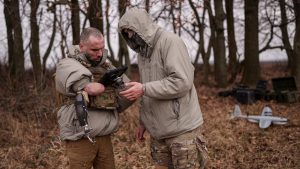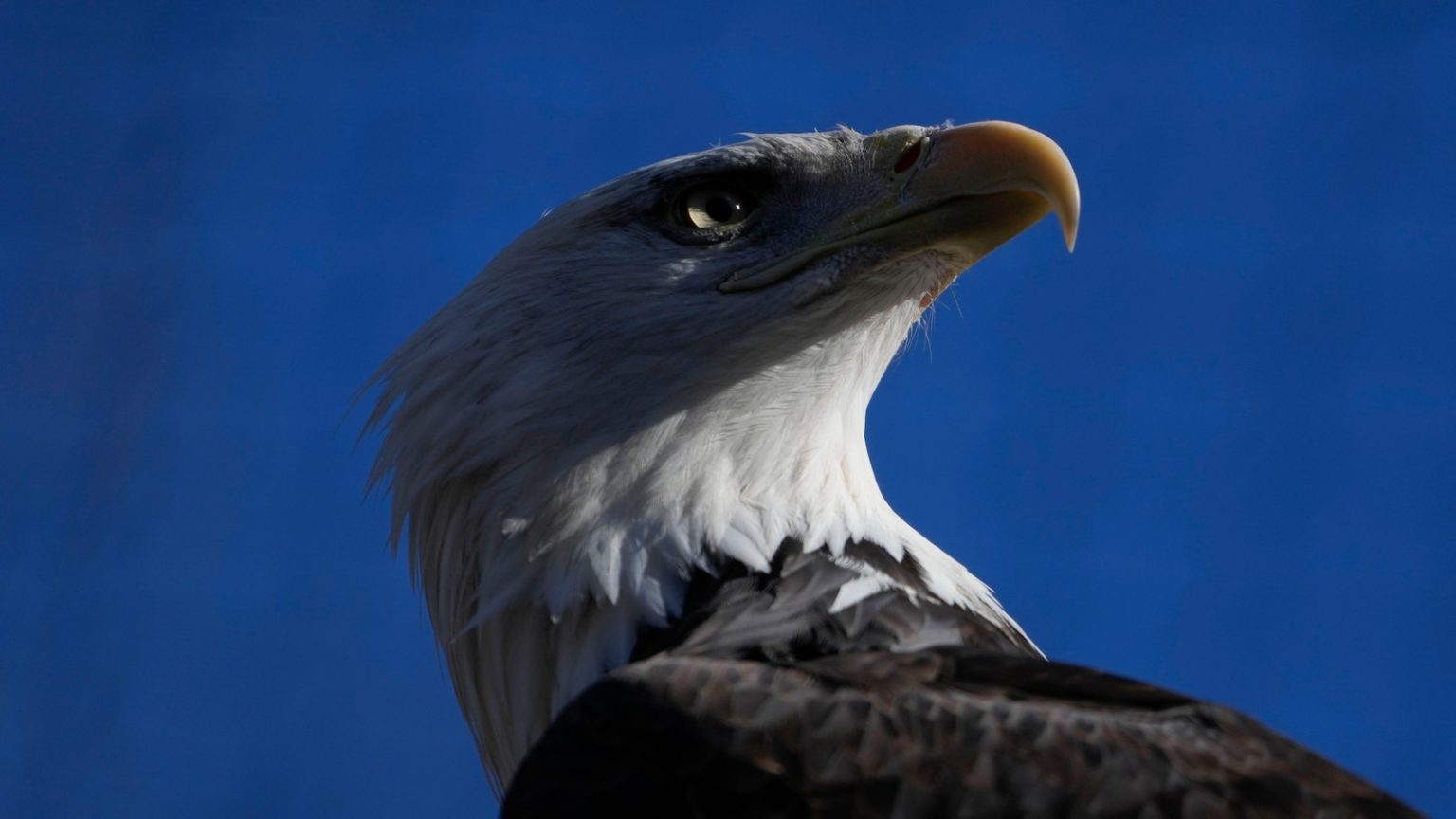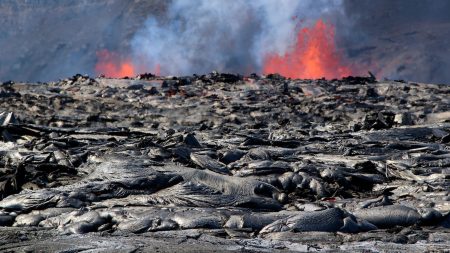The Triumph of the Bald Eagle: A Soaring Comeback
The bald eagle, a symbol of American strength and independence, has made a remarkable journey from the brink of extinction to thriving once again across the United States. Once an endangered species, the bald eagle has experienced a stunning resurgence since its numbers began to recover in the early 2000s. The federal government removed the bird from the endangered species list in 2007, and states like New Jersey have followed suit, recognizing the eagle’s successful comeback. Today, the bald eagle is not just soaring through the skies but also capturing the hearts of Americans, whether through its appearances in culture, legislation, or even football.
A Conservation Success Story Born from Crisis
The bald eagle’s recovery is a testament to the power of conservation efforts. In the 1980s, New Jersey was home to just one nesting pair of bald eagles, a stark reminder of how close the species had come to disappearing. The primary culprit behind the eagles’ decline was DDT, a chemical insecticide banned in 1972 after it was discovered to cause fragile, thin-shelled eggs that often failed to hatch. Conservationists took bold steps to rebuild the population, importing eagles from Canada and implementing innovative strategies like swapping real eggs with artificial ones to protect them until they could be safely hatched.
Kathy Clark, head of New Jersey’s Endangered and Nongame Species Program, reflects on the eagles’ resilience. “Those birds that… have that tolerance to live in such a densely human-structured environment is something I have a hard time understanding,” she said. “They’re Jersey birds. You got to have attitude, right?” Today, New Jersey is home to approximately 300 nesting pairs, a stark contrast to the single pair that once represented the state’s entire population.
Challenges in the Suburbs: Adapting to Human Worlds
As bald eagles expand their territory into suburban areas, they face new challenges. While their adaptability is impressive, living alongside humans comes with risks. Jilian Fazio, director of the Essex County Turtle Back Zoo, noted that the zoo frequently rescues eagles injured by cars. One such bird, a male named Freedom, survives in captivity after being found dangling from a rope with an injury that makes him unreleasable.
Habitat preservation and access to clean water remain critical concerns, as eagles rely heavily on fish for food. Additionally, threats like avian influenza loom large, prompting officials to maintain surveillance and protect these majestic birds. Despite these challenges, the bald eagle’s ability to thrive in densely populated areas like New Jersey underscores its resilience and adaptability.
From National Seal to National Bird: A Symbol of Strength
The bald eagle’s cultural significance extends far beyond its ecological role. Recently, legislation signed by President Joe Biden officially designated the bald eagle as the national bird of the United States, a move that may seem redundant to many, as the eagle has long been a national symbol. However, supporters of the legislation, including Sen. Amy Klobuchar of Minnesota, argue that formalizing its status emphasizes its importance and inspires future conservation efforts.
The bald eagle holds a revered place in Native American cultures, particularly in the Pacific Northwest, where it is often seen as a symbol of strength and spirituality. Its role as a national icon also makes it an “umbrella species,” whose protection indirectly benefits other wildlife by preserving large habitats and waterways. As Kathy Clark noted, “Americans are always going to have that sort of personal relationship with bald eagles.”
The Power of Conservation and Public Awareness
The bald eagle’s recovery is a reminder of the impact of human efforts on wildlife conservation. Maia Edwards, science director at the American Bald Eagle Foundation in Alaska, emphasized the importance of sharing the eagle’s story. “They’re one of the few conservation success stories of animals that almost went extinct on our continent. And so I think now it’s really important to make sure people know that story and learn from it.”
For many, the thrill of spotting a bald eagle in the wild is unforgettable. Dan Day, a New Jersey resident and avid birder, described the excitement of seeing these birds firsthand. “Just the mere thrill of seeing one—a lot of people just have never, ever looked at one,” he said. “It really elevates your day to see a bald eagle.”
Yet, experts caution against complacency. While the eagles’ recovery is a triumph, the work of conservation is ongoing and often fragile. Clark reflected, “I don’t think I ever will lose that perspective of being on the brink there, not knowing if you’re going to be able to save the species.” As the bald eagle continues to soar, its story serves as both a celebration of achievement and a reminder of the importance of vigilance and care for the natural world.















